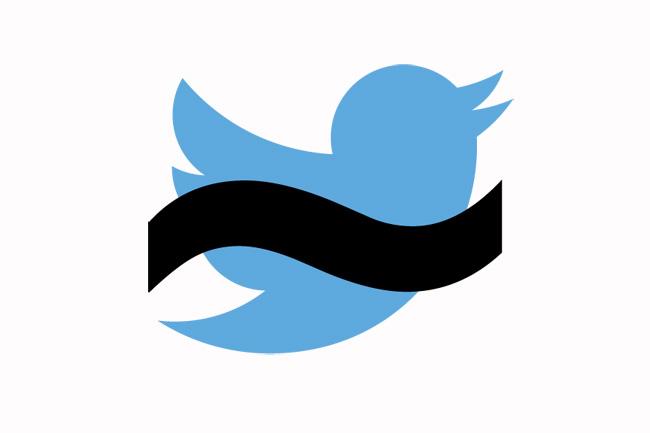
Twitter has been rapidly rolling out new features lately: You can enjoy bigger images on your feed, a better experience with Direct Messages, and most recently, you can create your own custom Twitter timelines. But all of these still keep you inside the confines of your own little account; what if you could branch out, temporarily displace your identity, and assume someone else’s Twitter persona? A new experiment is doing exactly that.
The media art project, dubbed “Going Public,” (a timely title) is the handiwork of media artist Kyle McDonald, who hopes to explore what it really means to relinquish your personal identity to the online public. Through Twitter’s new feature that allows users to receive direct messages from any follower regardless of follow-back status, McDonald re-wired his personal Twitter account using a script that culls the direct messages he receives prefixed with a ~ (tilde) character every 10 minutes. “I’ve created a transparent bridge between people who follow me, and ‘me:’ Anyone who direct messages me with a ‘~’ at the beginning of the message will become ‘me.’ The tilde was chosen for its common use meaning of ‘approximately equal,’” McDonald wrote in a blog post announcing the project.
This isn’t the first time McDonald has explored Twitter as a performance medium. In 2009, he orchestrated “Keytweeter,” where he posted everything that he typed into his computer directly to his Twitter account for a full year.
McDonald shares that although Keytweeter successfully revealed the perks of being open and honest on a social platform and changed how he related to other people, he doesn’t expect Going Public to have the same effects. “Some of the first tweets were from friends pretending to be me, and it felt really natural to see those tweets associated with my username. Right now I’m mostly just worried about people posting obscene or hateful things, because now I’m in a position where I have a responsibility to censor them,” he explains. “With Keytweeter, I knew what was going online at every moment, because I was responsible for every tweet. With Going Public, it’s a little more stressful because I have to keep refreshing to see what people have posted.
Now that our online selves are so tied to the real world, it can be very hard – even scary – to break the connection. And the idea of someone else inhabiting your digital persona is something that terrifies us, and sends us constantly running to privacy settings. Going Public examines what it would be like to sever that connection, in the process watering down what your online personality says about you, as well as the weight and value we place on it.
I gave the experiment a shot, and both my tweets went live in fewer than five minutes:
Good morning, my neighbors! http://t.co/kNI9JOgoiM
— Kyle McDonald (@kcimc) November 13, 2013
FYI that ‘Coming to America’ tweet was @MrazGal of @DigitalTrends trying out Kyle’s open account. THIS IS AWESOME @kcimc!
— Kyle McDonald (@kcimc) November 13, 2013
I must admit, for someone who uses those previously mentioned privacy settings and is cautious with her online reputation, I did enjoy stepping into someone else’s virtual shoes, even for a brief moment. “I think identity is much more fluid than we imagine. We like to think of ourselves as continuous personalities over time, crafting ourselves into the people we want to be,” McDonald tells me. “But the effect of others on us is impossible to avoid, and ‘Going Public’ is simply making this connection completely transparent.”
McDonald compares it to being inebriated. “Going Public is a bit like sneaking dissociative drugs into my Twitter account,” he says. To wit, there are some truly heartfelt, insightful, and hilarious tweets going up.
Testing message: CEMF i S2 you! So many times…I adapted to you. I need you! I miss you! I can’t live without you.
— Kyle McDonald (@kcimc) November 14, 2013
What would happen if uberuser creates a script that send me ~DM mentioning ubersuser when someone mentions him? #infiniteloop
— Kyle McDonald (@kcimc) November 14, 2013
The third Matrix movie is my favorite movie of all time because there is so much hacking.
— Kyle McDonald (@kcimc) November 14, 2013
You can contribute to Going Public by following @kimc and sending him a Direct Message prefixed with a ‘~’ symbol until December 7.
Editors' Recommendations
- The 10 big ways that Threads is totally different from Twitter
- Look out, Twitter Circle is exposing private tweets
- Twitter bans, then unbans account tracking Elon Musk’s jet
- What is Twitter Blue and is it worth it?
- What is Mastodon? Here’s why everyone’s talking about this Twitter alternative


